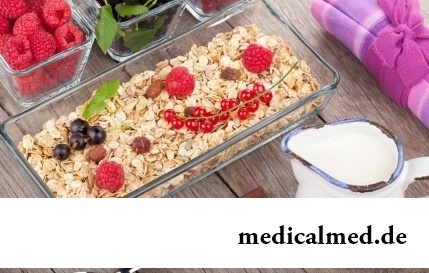





Pharmaceutical kitchen garden: medicinal plants which can be grown up at the dacha
Use of medicinal plants in therapy is urgent today, more than ever. The drugs made of curative herbs cannot replace completely modern synthetic drugs, but their use becomes frequent serious help in simplification of a course of many illnesses and improvement of quality of life of chronic patients.
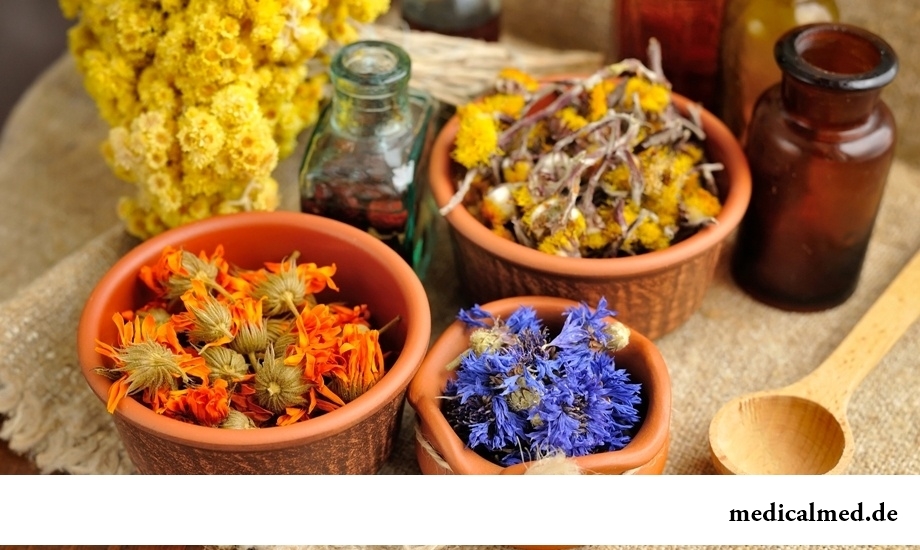
Considering a continuous rise in price of pharmaceutical drugs, huge plus is that each person is quite capable not only to prepare vegetable broth or infusion in house conditions, but also to independently grow up vegetable raw materials on the seasonal dacha.
Old acquaintances: tasty and useful
Almost all vegetable and berry cultures which are traditionally cultivated on personal plots have also medicinal properties what gardeners and gardeners sometimes forget about:
- Potatoes. The ferry of boiled tubers the catarral phenomena treat. Grated crude potato is excellent abscesses and burns medicine, she removes inflammations and hypostases at stings of insects. Freshly squeezed potato juice reduces arterial pressure, contributes to normalization of work of intestines, reduces acidity of a gastric juice, saves from nausea;
- Beet. The juice which is squeezed out of crude or boiled root crops is used as nasal drops at treatment of rhinitis, antritis and sinusitis, it is added to solution for rinsing of a throat at quinsy. In mixes with juice of carrots, a radish and cabbage, beet juice it is applied to treatment of an anemia and stomach diseases;
- Carrots. Root crops contain the substances rendering antiinflammatory, wound healing, diuretic, laxative, expectorant and soothing action. Broths of seeds and a tops of vegetable apply at diseases of urinary tract and kidneys, in particular, in therapy of an urolithiasis;
- Onions and garlic. These vegetables are very widely used in traditional medicine. Not without reason say that "onions from seven an illness". Onions and garlic possess phytoncidal action. Even infusion of an onions peel is useful – he removes hypostases, is applied to prevention of a diabetes mellitus. Gruel from baked onions is anti-inflammatory drug, extremely effective at treatment of abscesses;
- Parsley. All parts of a plant have curative properties. Broth or juice use at treatment of female diseases, at abscesses and stings of insects, and also as diuretic, sudorific and an antispasmodic. Infusion of roots and a grass treat prostatitis. Apply parsley and in cosmetology for the purpose of whitening and improvement of skin;
- Cabbage. It is used as antiulcerous and cholagogue means. Crude leaves put to wounds, abscesses, the inflamed joints. Broth of seeds treat gout;
- Radish. Possesses strong bactericidal and spasmolytic action. It is used at treatment of respiratory diseases, a hypertension, liver diseases. Juice of a radish heal wounds, ulcers and decubituses, with its help get rid of intestinal parasites. Poultices and seeds ointments help at fungal infections of skin and at eczema.
Also other inhabitants of our kitchen gardens have curative properties: spicy herbs (fennel, basil, celery, hyssop, estragon), nightshade family (tomatoes, eggplants, different types of pepper), pumpkins and bean. Separately it is worth mentioning plants which still seldom meet on our kitchen gardens: girasol and scorzonera (black sweet root). Their tubers and root crops contain a large amount of the inulin useful to patients with a diabetes mellitus.
That the berries and fruit growing on seasonal dachas are irreplaceable sources of microelements and vitamins, knows everyone. But the advantage which can be taken from such plants is not limited to it. For example, leaves of a garden wild strawberry and berry bushes (raspberry, currant) can be used at treatment of bleedings, colds, diseases of bodies of a GIT, a hypertension, skin diseases and many other illnesses. The hawthorn and a dogrose grow up as ornamental shrubs more often, but also their fruits can be used as vitamin and medicinal raw materials. Curative properties mountain ash berries (red and black-fruited) and bird cherries have.
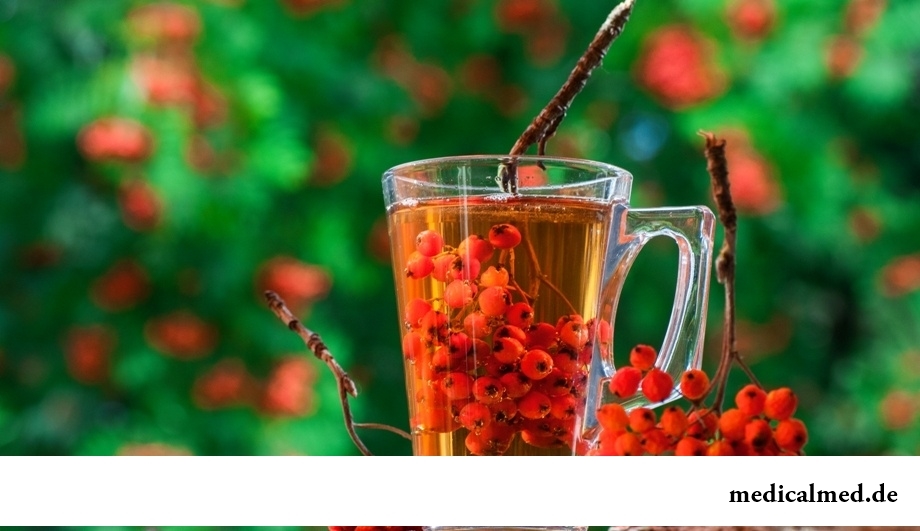
What we admire, and we are treated by that
From krasivotsvetushchy plants of our gardens having medicinal properties only the calendula and a peony are rather widely known, perhaps. However flowers which are capable not only to please with the beauty but also to share curative raw materials with gardeners, it is much more. To help cope with the most different illnesses irises, tulips, narcissuses, primroses, Vittrok's (pansies) violets, centaureas, солидаго, uvulyariya, ranks, bergenias, marigold, delphiniums, gladioluses, the camomiles, amaranths, a comfrey and many other flowers popular among gardeners can.
Until recently such known medicinal plants as a melissa, a catnip, a sage, a marjoram, a thyme, a valerian, a lythrum, a yarrow, a St. John's Wort, a lavender, Dubrovnik, a motherwort etc., met on seasonal dachas very seldom as to get landing material was difficult. Today seeds of these herbs are on sale in specialized shops, and any summer resident can grow up them on the kitchen garden. The majority of medicinal plants have high decorative effect and a pleasant smell, and can quite become decoration of a garden.
Rules of cultivation and use of medicinal plants
The idea to independently provide the family with medicinal vegetable raw materials is very attractive, but gardeners should not forget that use of curative herbs can have also side effects. To avoid troubles, it is necessary to consider the following:
- The site on which medicinal plants will be grown up has to be environmentally friendly. It means that use of chemicals at the dacha should be minimized;
- Preparation of vegetable raw materials needs to be carried out to strictly certain terms. Besides, the correct processing (washing, cutting, drying) of flowers, a grass, leaves and rhizomes of medicinal plants is of great importance. If the technology of preparation of raw materials is not sustained, the effect of its use will significantly decrease;
- Preparation of broths, infusions, curative raw materials ointments demands careful following to recipes. At non-compliance with proportions, time of boiling or insisting and other conditions drugs can work not as it is expected;
- Treatment by herbs becomes frequent the reason of allergic reactions. Besides, at independent preparation of drugs it is almost impossible to provide an exact dosage of active ingredients. Therefore there is a sense to begin with reception of small portions of broths and infusions, in order to avoid side effects.
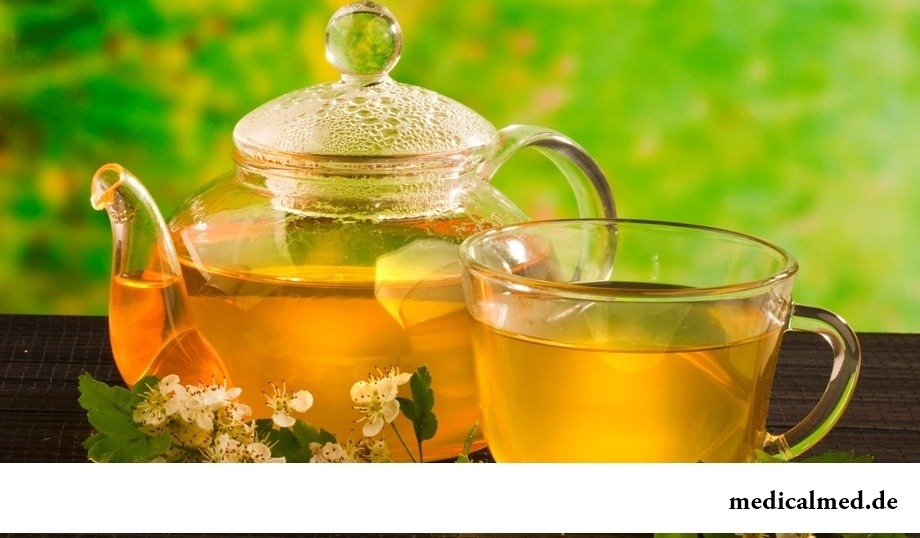
The drugs made of vegetable raw materials are the same drugs, as well as all others. It is necessary to apply them with care, considering all contraindications. It is clear, that it is possible to begin such treatment only with the permission of the attending physician who has to estimate a condition of the patient and solve whether vegetable therapy is compatible to traditional drugs which are already appointed to the patient.
Stomatologists appeared relatively recently. In the 19th century to pull out painful teeth belonged to duties of the ordinary hairdresser.

Since the moment when the child becomes a school student, his sight begins to be exposed to the strengthened loadings which are supplemented viewing...
Section: Articles about health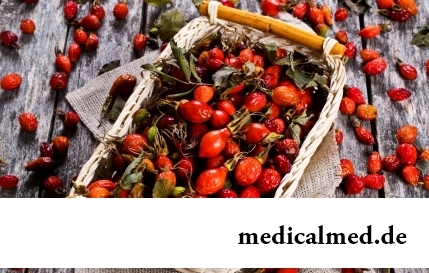
Dogrose – one of the most widespread adornment and medicinal plants growing practically in all territory of our country. To most of Russians it is a beautiful bush it is known, first of all, as a source of fruits, extremely vitamin-rich....
Section: Articles about health
About 10-15 years ago existence of the computer in the apartment of the Russian was considered as a rarity and office rooms were only at the first stage of equipment by these useful devices. Today practically in each house there is a computer (and often not one), and a regular user is already every our second compatriot. Convenience and efficiency of personal computers are undoubted, but the people working with them daily have to know also about health hazard which they can predstavlit...
Section: Articles about health
Small appetite at the child – the complaint which pediatricians should hear practically from each mother. Most often it is carried to разр...
Section: Articles about health
Proofs of efficiency of Mildronate at treatment of coronary heart disease with stenocardia can be found in many publications of the end of the twentieth century. Researches were conducted since 1984, including placebo - controlled effects. In total клиничес...
Section: Articles about health
Residents of big cities quite often have a disease which is known as the syndrome of chronic fatigue (SCF) today. This illness affects the people belonging to various social and demographic groups and living on all continents. Most of all SHU are subject women aged from 25 up to 45 years. Statistically, the number of cases fluctuates in the different countries from 10 to 37 people on 100 thousand, but specialists believe that these figures are significantly underestimated as people, страдающ...
Section: Articles about health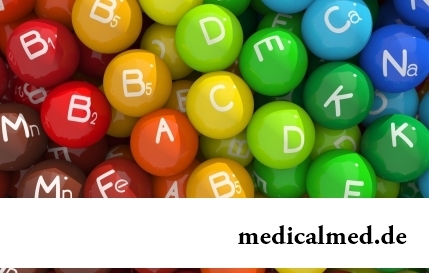
Vitamin complexes belong to the most popular drugs, probably, in our country there is no person who was not hearing about a floor...
Section: Articles about health
The naturopathy sometimes moves as the new direction of medicine, something like fashionable hobby, and there is nothing farther from the truth. This most ancient direction, the word "naturopathy" is translated as "treatment by the nature", and, no doubt, treatment приро...
Section: Articles about health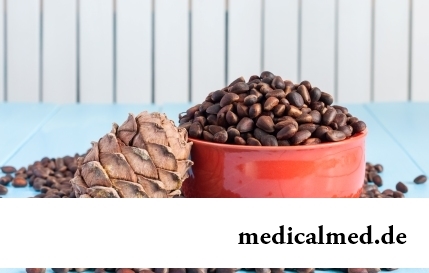
The hysteromyoma is diagnosed more than at a third of women 35 years are more senior. This high-quality new growth which at early stages successfully resolves by means of medicines. It is necessary to resort to an operative measure only when patients too late address specialists, or therapeutic methods do not give the expected effect because of specific features of an organism. Besides, there is a large number of quite effective national...
Section: Articles about health
Diapers for adults – individual one-time means of hygiene which in some situations is irreplaceable, and from such situats...
Section: Articles about health
Summer in the heat. Many are going to spend vacation abroad. Travelers the tender seas, rest on beaches wait, for sightseeing, campaigns on natural and cultural reserves. But, unfortunately, on vacation also problems about health can wait for us...
Section: Articles about health
With age in a human body harmful substances collect. We receive them with food and water, at inhalation of the contaminated air, reception of medicines, use of household chemicals and cosmetics. A considerable part of toxins accumulates in a liver which main function is continuous purification of blood. This body begins to knock as any got littered filter, and efficiency of its work decreases....
Section: Articles about health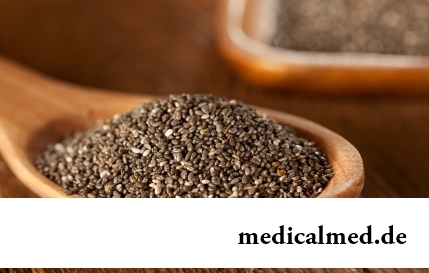
The chia plant, or the Spanish sage, is from South America. The indigenous people of the continent since ancient times used in food it семена:...
Section: Articles about health
The person, as well as all other beings living on our planet feels weather changing. It is the normal meteosensitivity which is not causing to healthy people of special troubles. Meteodependence, on the contrary, is morbid condition, характеризующимс...
Section: Articles about health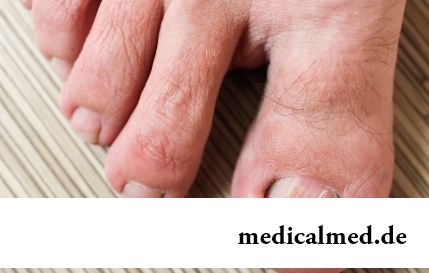
The word "onikhokriptoz" is unfamiliar to most of people, meanwhile quite so physicians call very widespread problem: the growing of edge of a nail into surrounding fabrics causing inflammatory process. Usually the illness affects thumbs of legs, and is followed by reddening, hypostasis, and in the started cases – release of pus. Patients complain of the pain amplifying when walking, problems with the choice of footwear....
Section: Articles about health
Scientists have no unambiguous opinion on a proximate cause of emergence of a carcinoma cutaneum today. Are precisely established only фа...
Section: Articles about health
Each person supports all life a SARS about 200 times. The peak of incidence falls on cold season, but it is possible to get sick with a temperature and a pharyngalgia, and sometimes and very possibly, even during a heat. The reasons for development of catarrhal diseases exists множество:...
Section: Articles about health
The technique of acupuncture (acupuncture) is used in the medical purposes more than three and a half millennia. It is eurysynusic and recognized as official medicine in the majority of the developed countries of the world. Influence by fine needles on so-called points of acupuncture contributes to normalization of a metabolism and hormonal background, activates protective forces of an organism, has anesthetic and antiinflammatory effect, stabilizes a condition of mentality....
Section: Articles about health
Stroke (acute disorder of cerebral circulation) – one of the most widespread neurologic diseases. Annually in the world...
Section: Articles about health
Herpes simplex of the first type (the infectious disease which is shown periodic bubble rashes on lips is called) – one of the most widespread illnesses. Statistically, only 5% of inhabitants of our planet are unreceptive to its activator, and...
Section: Articles about health
Any person who faced a disease knows that treatment costs expensive. It belongs also to consultations of qualified specialists, and to the diagnostic procedures which are not included in the list of obligatory medical services. The question of cost of medicines is not so unambiguous: almost each drug is produced several producers at once, and the price of medicine can differ many times. In such situation there is a sense to understand in what differ from each other original environments...
Section: Articles about health
Such trouble as the milkwoman's attack, at least once in life happened almost to each woman. Prevalence забол...
Section: Articles about health
Use of medicinal plants in therapy is urgent today, more than ever. The drugs made of curative herbs cannot replace completely modern synthetic drugs, but their use becomes frequent serious help in simplification a leak...
Section: Articles about health
The advantage of swimming for the person is so high that this sport is not only the most popular, but also is widely applied in medicine and rehabilitation processes. If you look for for yourself the occupation allowing pleasantly and to spend time, then swimming with advantage – the fact that it is necessary for you. And give learns several facts about swimming....
Section: Slideshow
According to data of World Health Organization, the cataract is diagnosed almost for 7% of the population of Earth. Statistics we get sick...
Section: Articles about health
For anybody not a secret that the modern person eats not as his ancestors. For the last 100 years in broad access there were absolutely new products which are result of use of the latest technologies in food production. Significantly changed спо...
Section: Articles about health
The varicosity has familiarly many, statistically, this disease more than a half of all adult population. As a rule, the varicosis affects preferential superficial vessels, and is shown by characteristic cosmetic defects. The deep vein thrombosis as this illness at the initial stages can imperceptibly proceed is represented much more dangerous, and in the started cases threatens with serious danger – thrombosis. This state, when the blood clot formed...
Section: Articles about health
